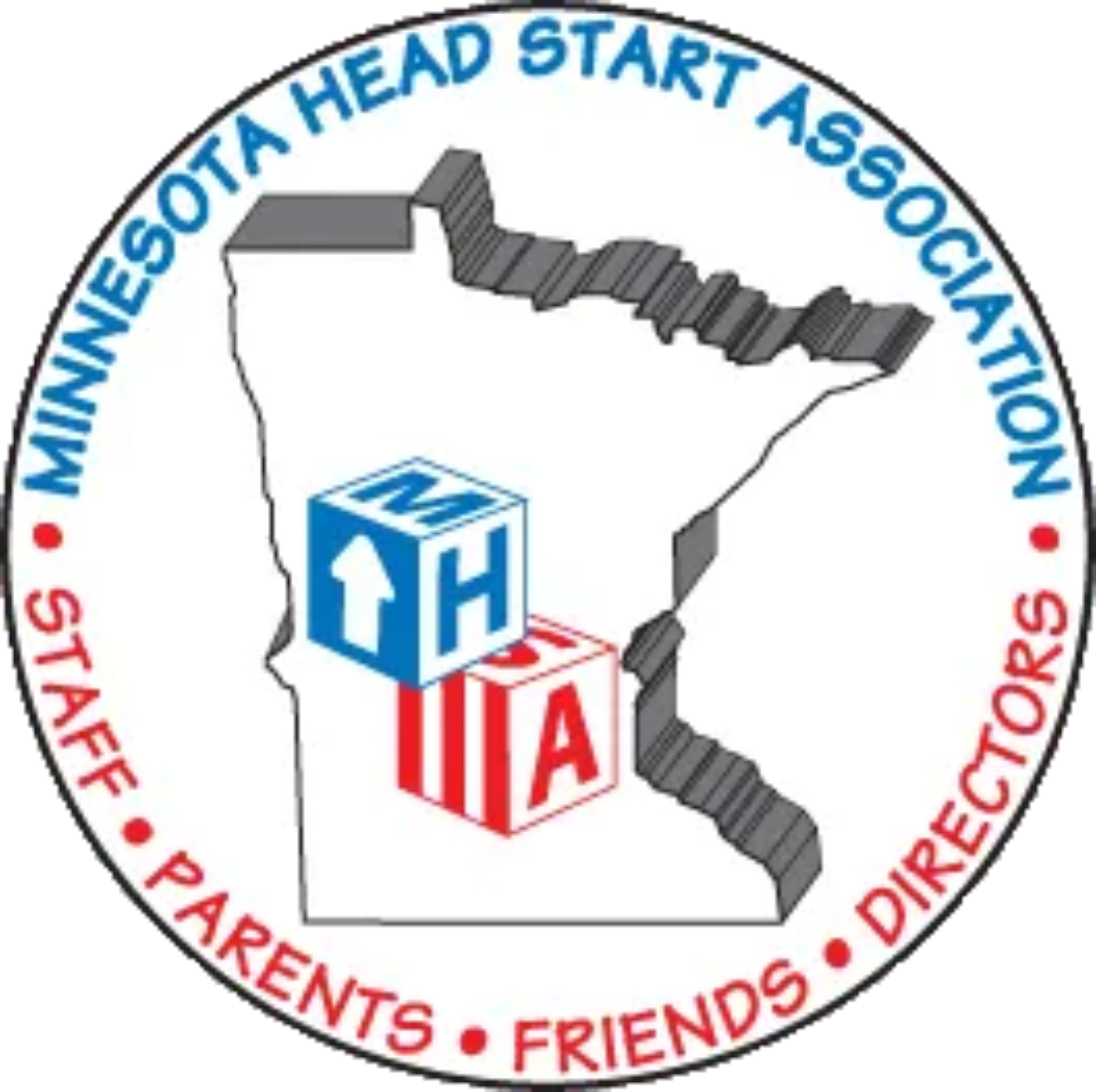April 11, 2019 | Vol. 6 No. 9
Our mission is to provide a voice for America’s invisible poor. By sharing their stories, we hope to shed light on the men, women, and children of America’s poverty. Our intent is to make complicated stories too often reduced to two-dimensional stereotypes. And, in exploring why and how people fall into, or remain mired in, poverty — using issues like housing, employment, wages, healthcare access, and education resources as lenses on their conditions — we hope to point the way to possible solutions.
— Voices of Poverty
But these are the stories (about poverty) that are out there to be told, begging to be told, and I am here to tell you that, contrary to the beliefs and fears of editors and executive producers, these are deeply personal stories that, when told, do captivate the audience of readers, listeners, and viewers.
— Barbara Raab
In 1990, Vincent Fanelli published his one and only book, The Human Face of Poverty: A Chronicle of Urban America. In this text, Fanelli, a long-time anti-poverty activist and member of the ADT Fourth World Volunteer Corps (an organization dedicated to a “world without poverty”), chronicles the lives of those living in poverty in one New York City neighborhood from the beginning of the War on Poverty up until 1980. What was particularly revolutionary about this book was that it sought to present the issue of poverty from the viewpoint of the poor.
In spite of Fanelli’s efforts and important contribution to the dialogue, one of the dominant refrains in this nation’s discourse on poverty was that the poor were to blame for their own plight. And as such, many Americans continue to view people living in poverty with either pity or scorn. For decades, the media didn’t help matters as they repeatedly treated the poor as nameless, faceless abstractions.
Still, there have always been those who have pushed back against these trends and practices. Even before Fanelli, author and educator, Jonathan Kozol, was presenting (and still is) personal accounts of poverty and the inequities in America’s public school systems. And there have been a lot of recent efforts to further humanize poverty and amplify the voices of the poor.
On the documentary side of things, there have been poignant real-life films such as Poor Kids and Class Divide. There was also The Poverty Tour: A Call to Conscience, a five-episode television series that followed the travels of Tavis Smiley and Cornel West as they visited some of the poorest communities in the country. There have also been a number of other important ventures by activists, authors, filmmakers, and the like.
Yet, some of the newest, most innovative, and perhaps most salient efforts to put a human face on poverty and empower people to tell their own stories has come in the form of online repositories such as VoicesofPoverty.org, TalkPoverty.org, SpotlightonPoverty.org, and PovertyUSA.org. Not only are these websites highlighting first-person stories by the thousands, but they also provide critical resources to those in need and call on the larger community to learn, understand, and act in the struggle against poverty.
Then there’s the Economic Hardship Reporting Project (EHRP) that actively employs “culture-jamming strategy to get our stories into media outlets that rarely cover poverty.” Moreover, the EHRP features a significant number of journalists who have experienced or continue to experience poverty themselves.
Of course, stories are not enough to end poverty. However, this new movement to “change the national conversation around poverty and economic insecurity” (as stated in EHRP’s mission) is vital to this fight. The dignity and honor of all human beings are at stake. We all have names. We all have voices. No one should be invisible. No one should be ignored.










